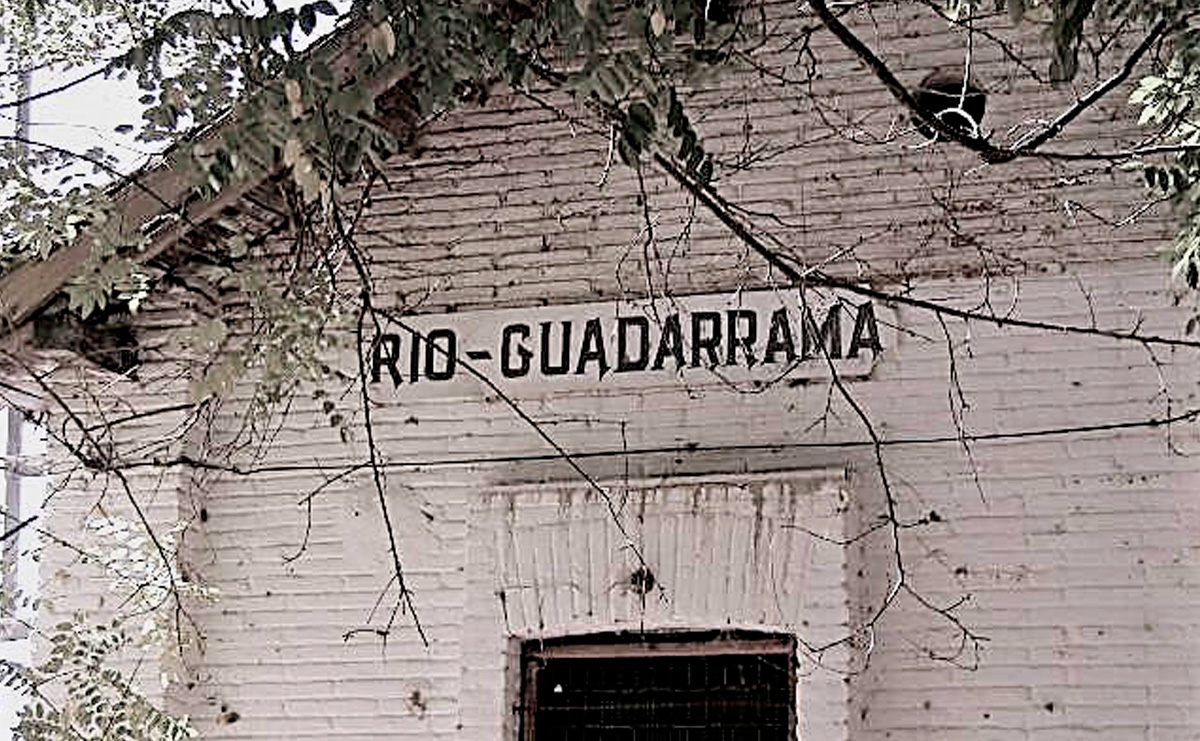Río Guadarrama Greenway
History of the Railway
 It was 1887 when Belgian businessmen began work on a railway that would link the banks of the Manzanares, near Segovia Bridge, with the southwest regions of the metropolitan area of Madrid and the neighbouring town of Almorox in Toledo: farmland, vegetable gardens and good wines. The first section of the railway, which started in Madrid's Goya Station and covered the route between Madrid and Navalcarnero Station, was inaugurated in July 1891. Subsequently, in July 1901, the section between Navalcarnero Station and Almorox Station was opening, thereby completing the entire itinerary, 17 stations between the provinces of Madrid and Toledo, with a route almost 74 kilometres long.
It was 1887 when Belgian businessmen began work on a railway that would link the banks of the Manzanares, near Segovia Bridge, with the southwest regions of the metropolitan area of Madrid and the neighbouring town of Almorox in Toledo: farmland, vegetable gardens and good wines. The first section of the railway, which started in Madrid's Goya Station and covered the route between Madrid and Navalcarnero Station, was inaugurated in July 1891. Subsequently, in July 1901, the section between Navalcarnero Station and Almorox Station was opening, thereby completing the entire itinerary, 17 stations between the provinces of Madrid and Toledo, with a route almost 74 kilometres long.
In the 1950s, there were not many swimming pools in Madrid, so that, when the heat was intense, you had to look for other solutions to have fun. Thanks to the Almorox Railway, whose itinerary crossed the riverbeds of the Guadarrama and Alberche, every Sunday and public holiday in spring and summer, the train deployed its entire arsenal of cars and locomotives to transport a multitude of Madrid residents. Such ones, along with their omelettes and swimsuits, disembarked at the stations of Guadarrama and Alberche, the so-called "beaches of Madrid," to spend full days of leisure in water under the railway’s metal bridges.
With the passage of time, the transport of goods was reduced and, although passenger traffic was maintained, the investments in material to maintain the railway came to a standstilll. In December 1965, the route was limited to Navalcarnero. But, at the same time, Madrid and its metropolitan area did not stop growing. This showed that our modest narrow-gauge train was insufficient for the great demand that already existed. For this reason, on July 1, 1970, the railway line was closed to convert it into a modern, Iberian-gauge commuter line originating in Atocha, being electrified and with double tracks. The plan was to reach Navalcanerno, and there it remains, with construction in an advanced stage, but the new trains never went beyond Móstoles. And although the train to Villa del Prado and Almorox disappeared, the memory of wonderful days of fun on the banks of those limpid –at that time– rivers remained with a whole generation of Madrid residents, made possible thanks to those slow trains that enabled them to savour a perfect day away from the big city without any haste.


